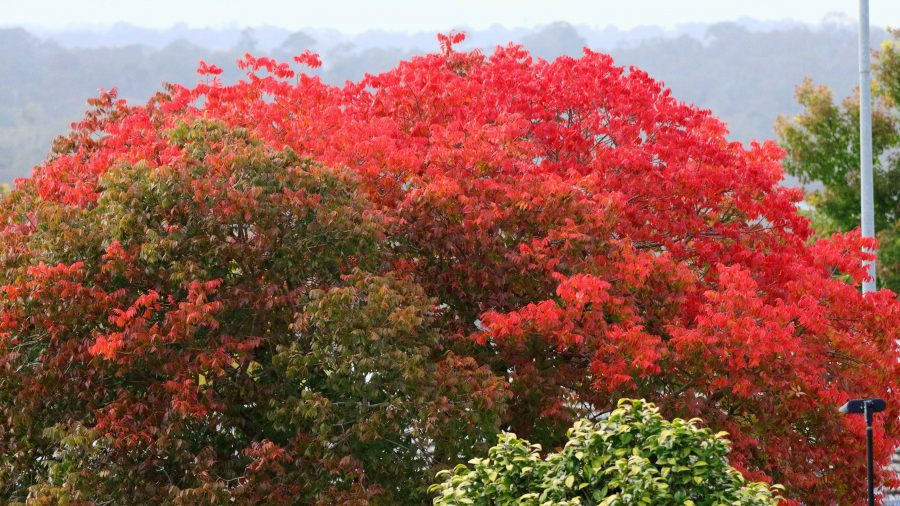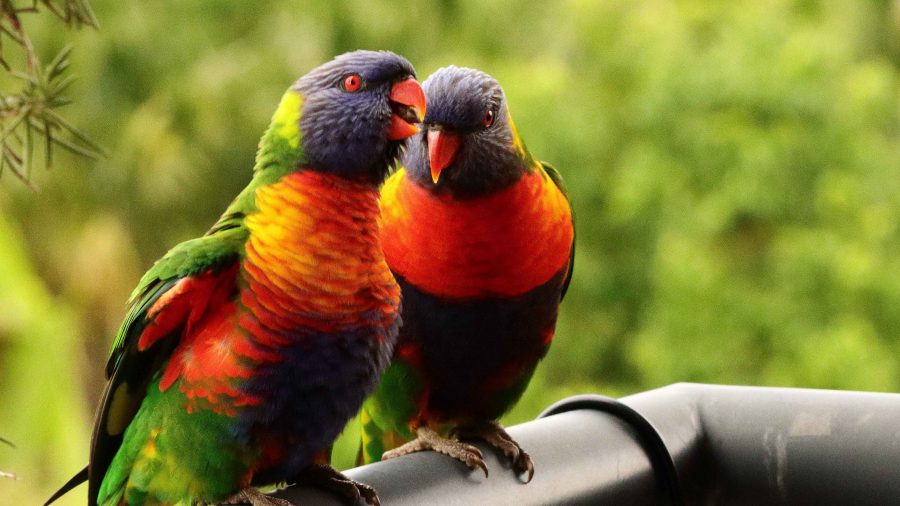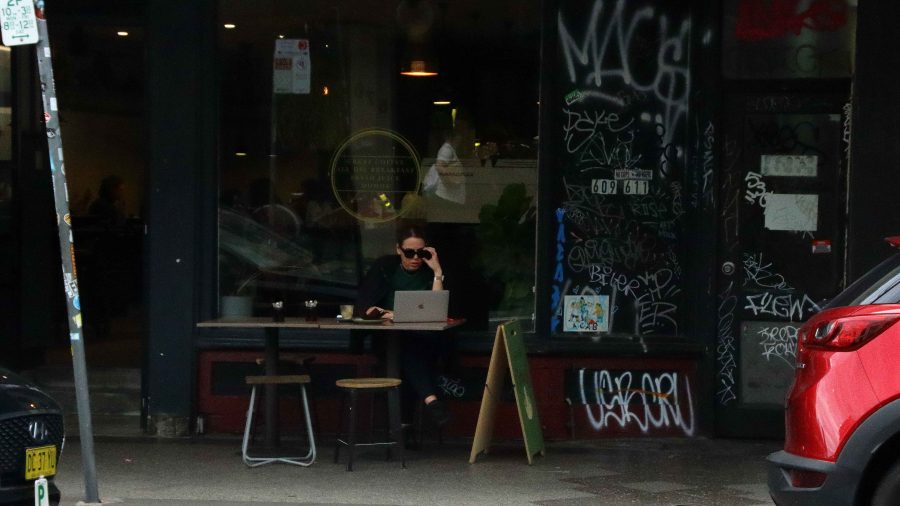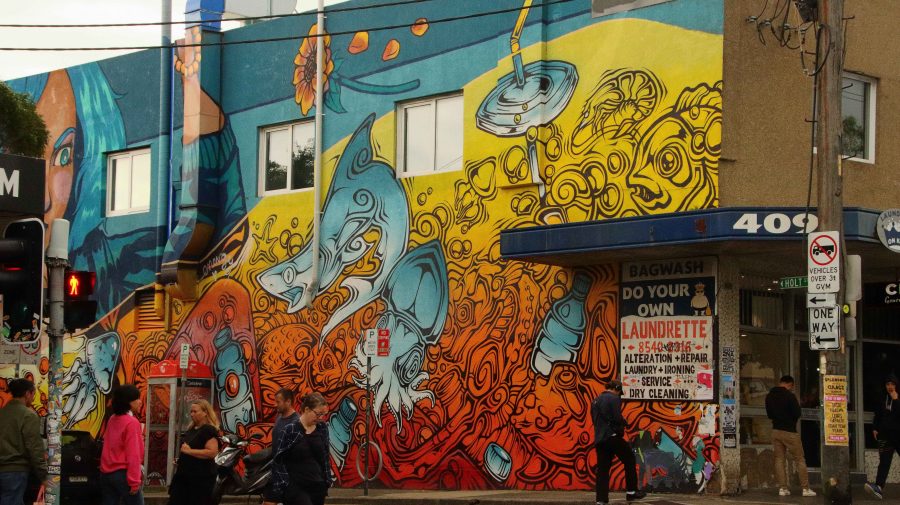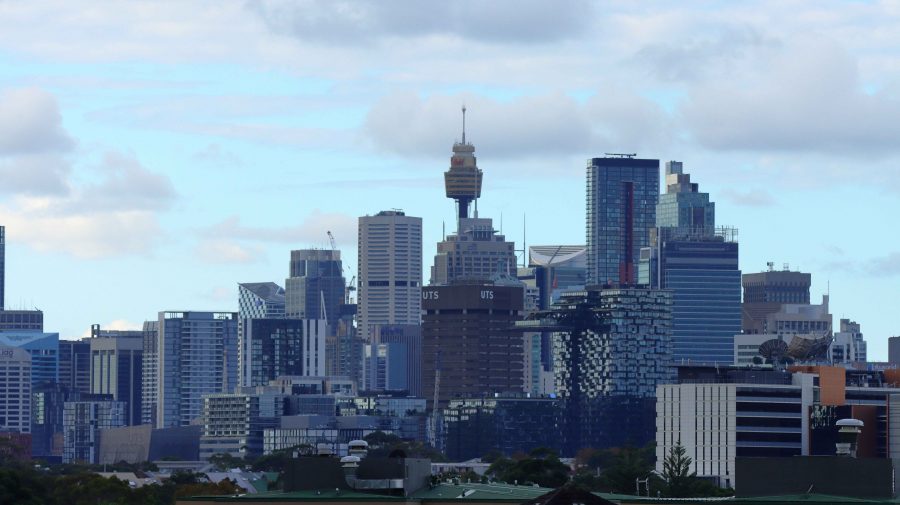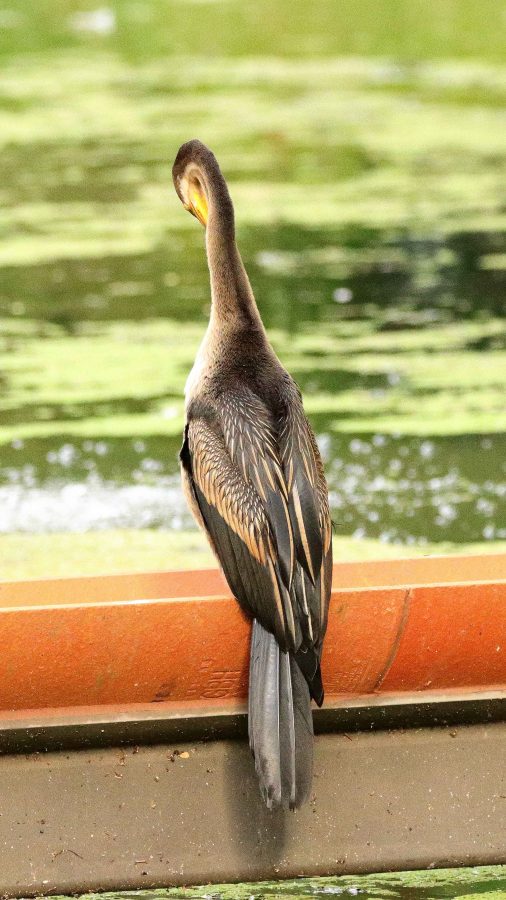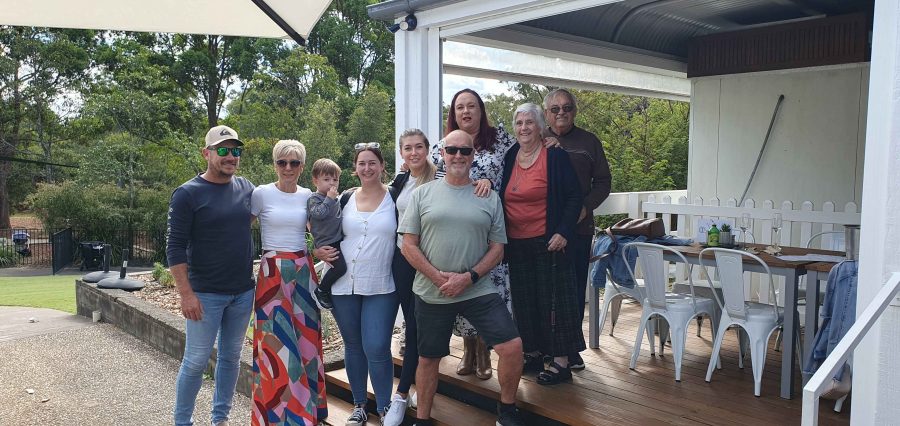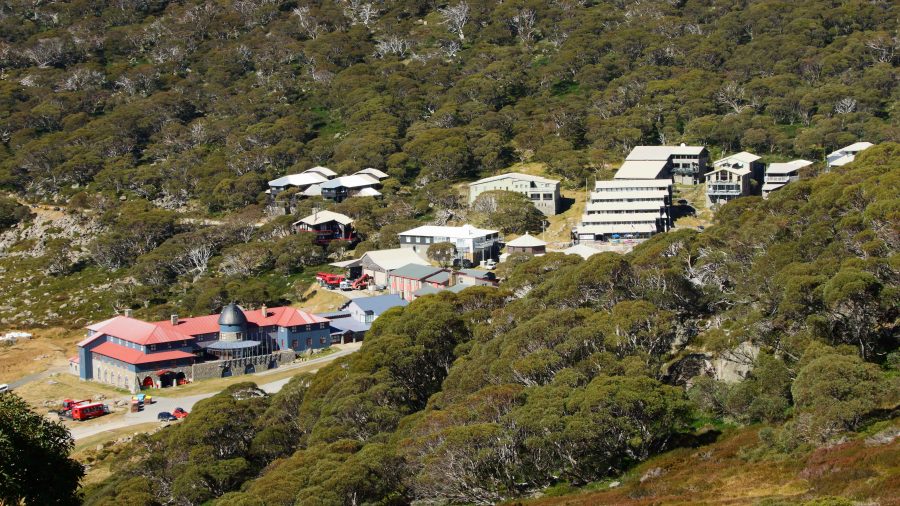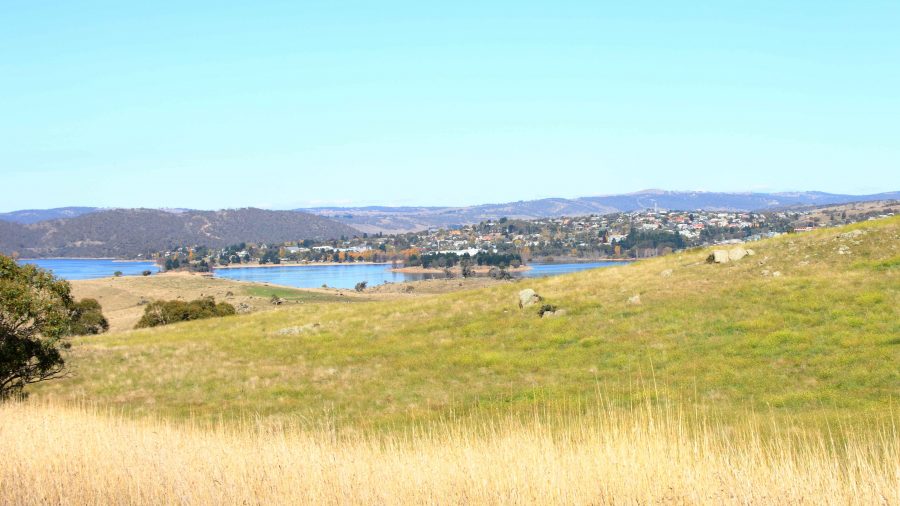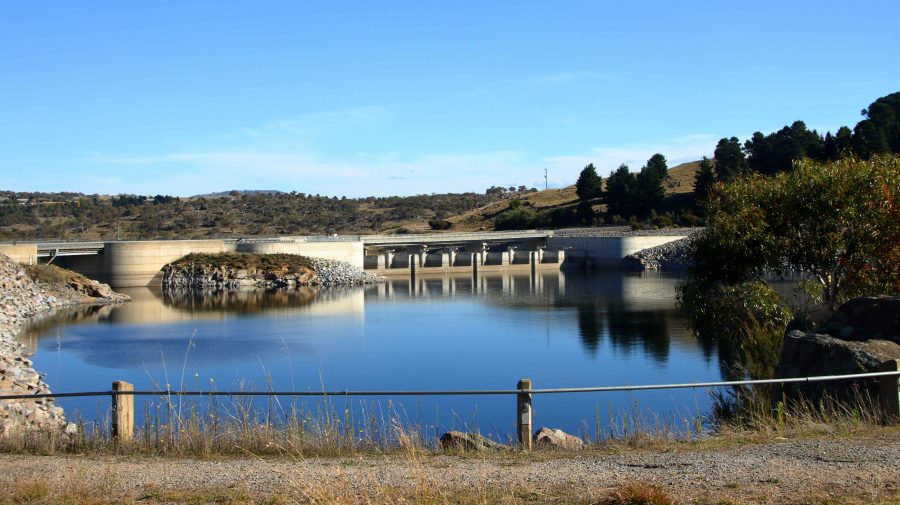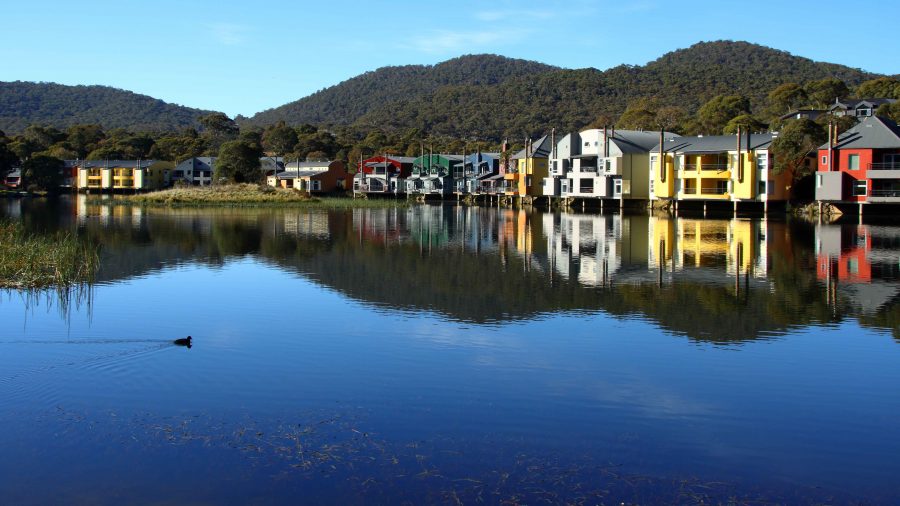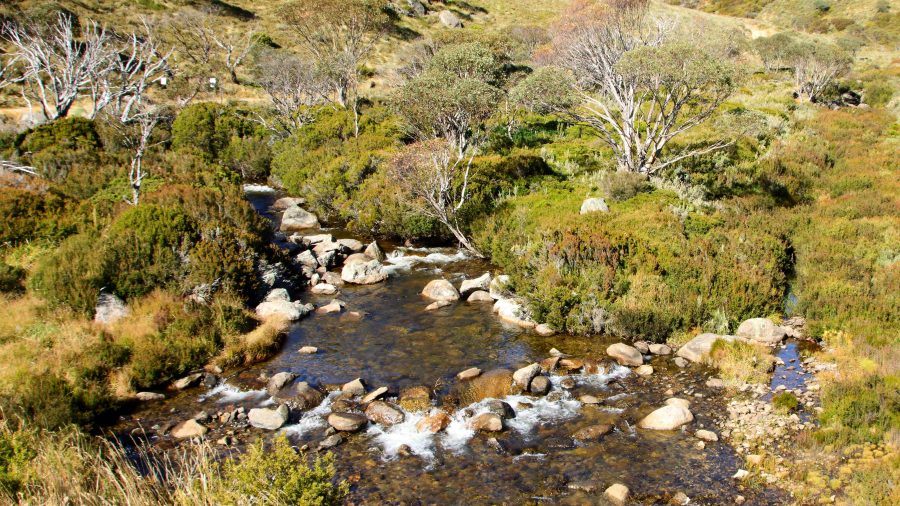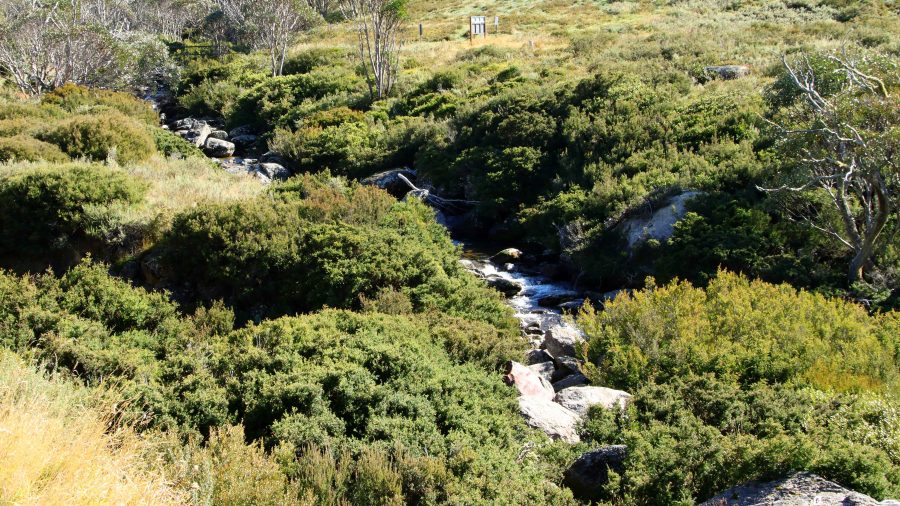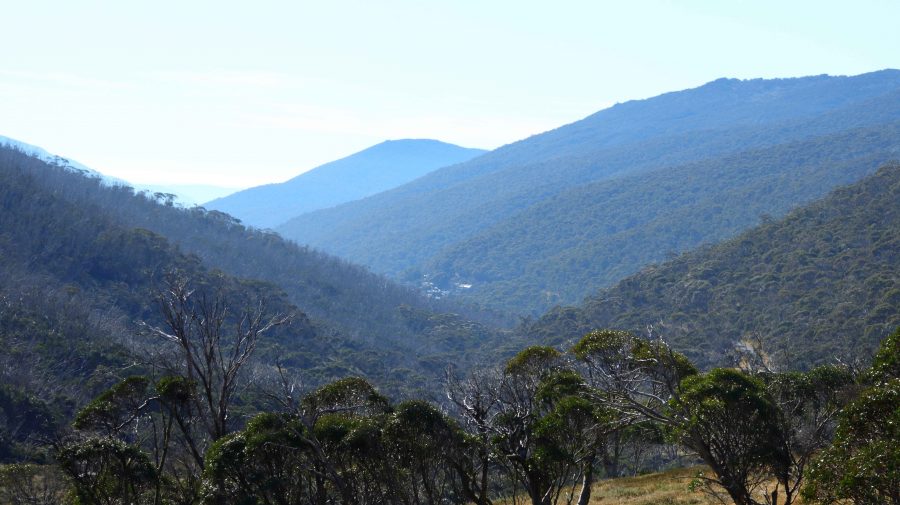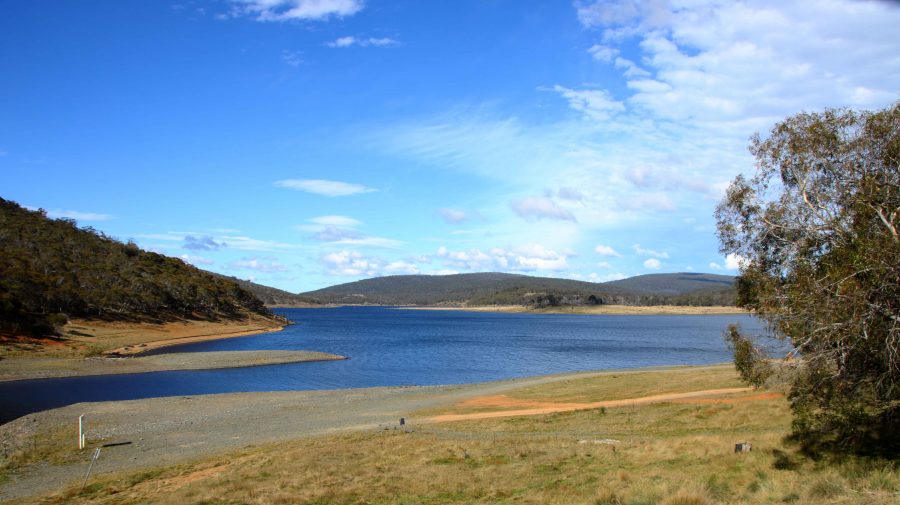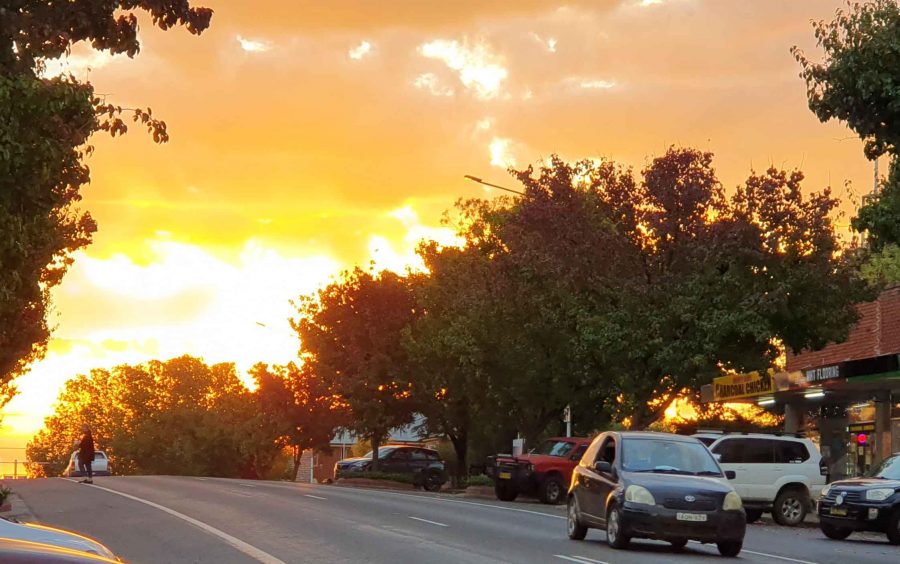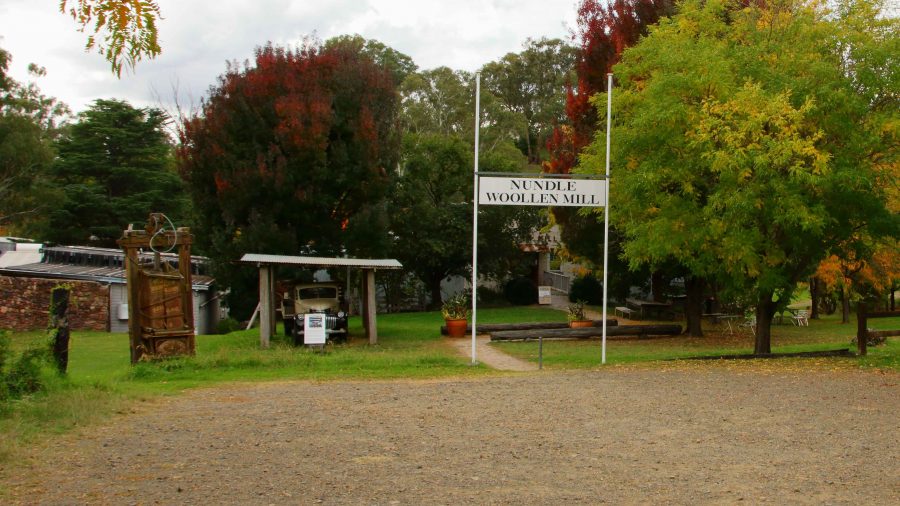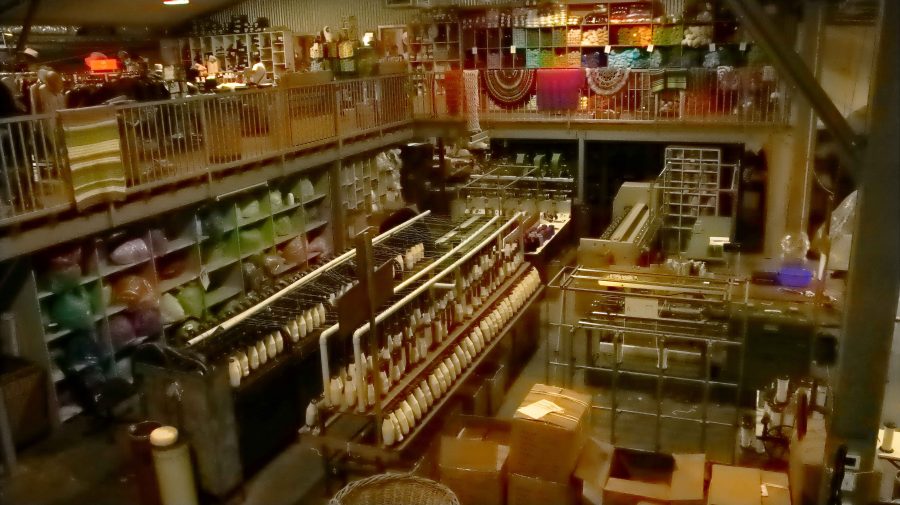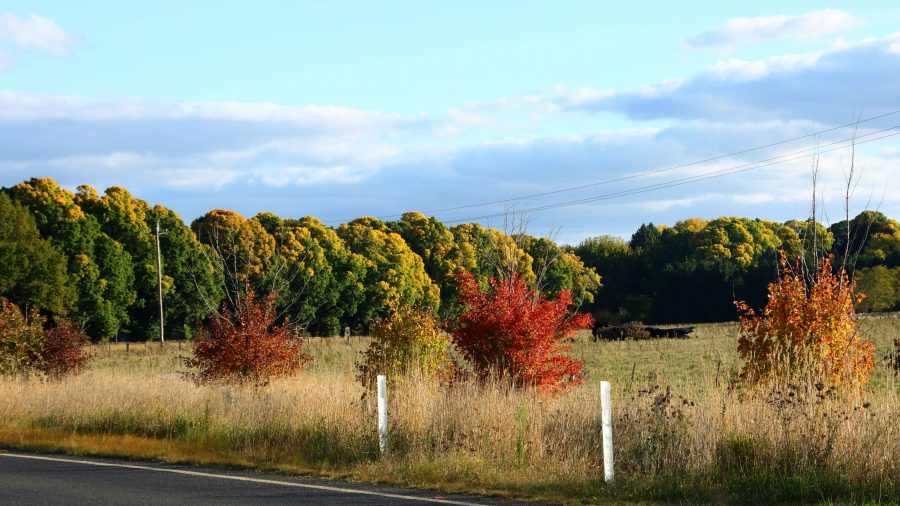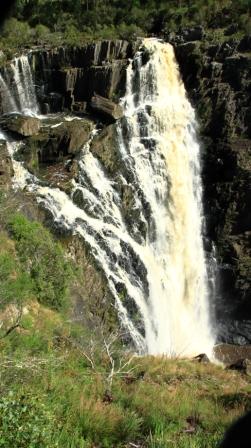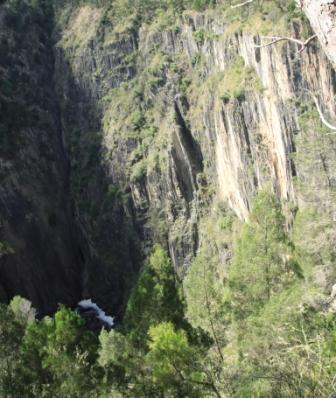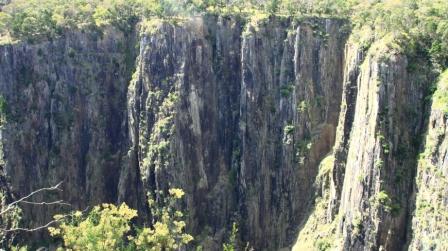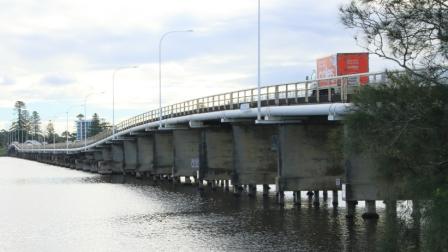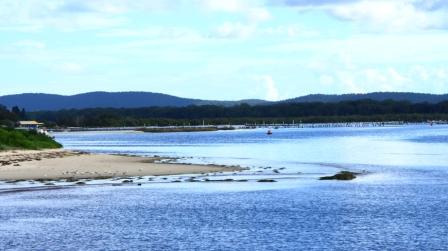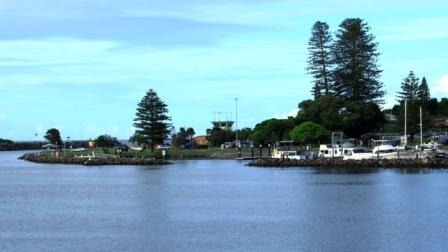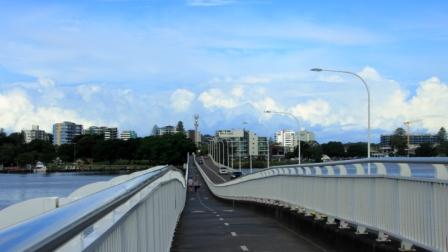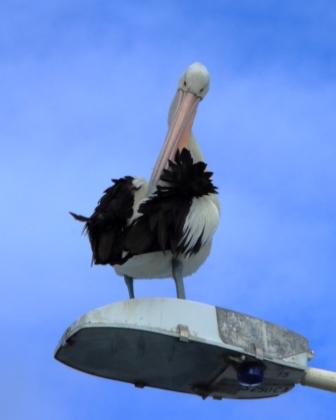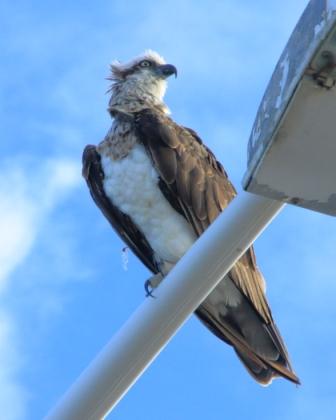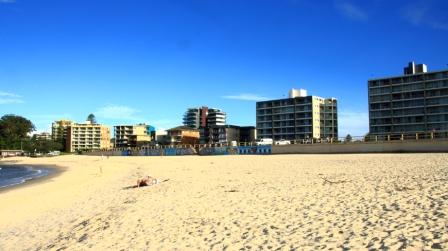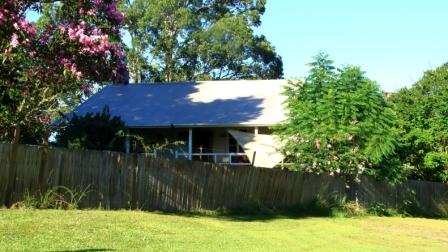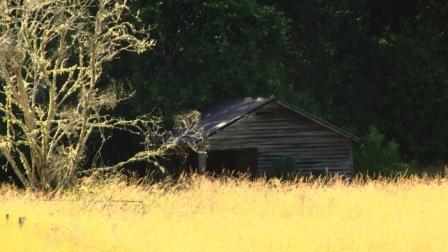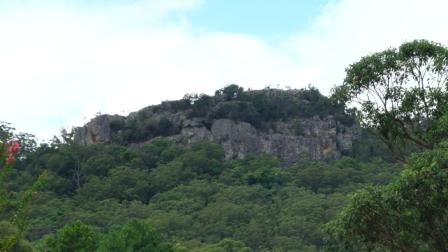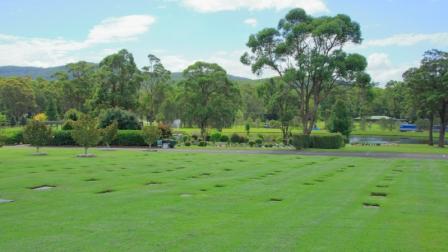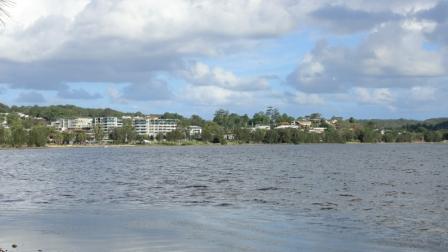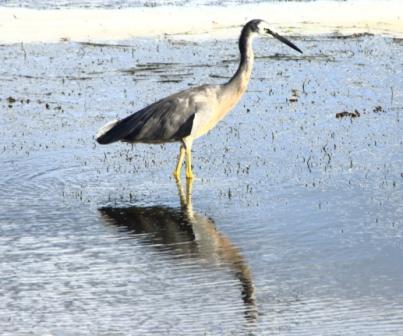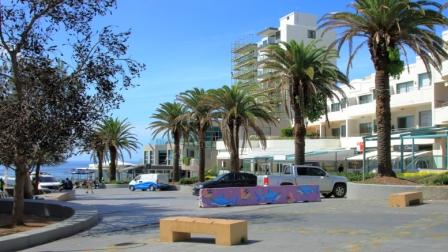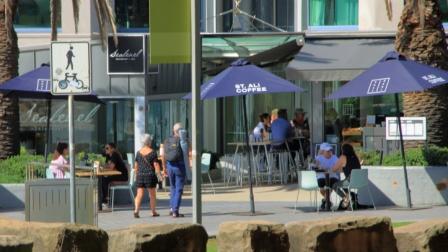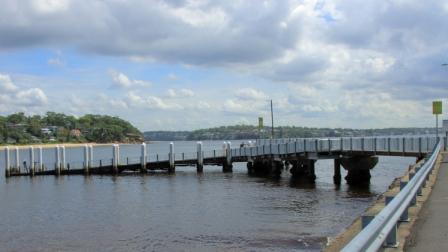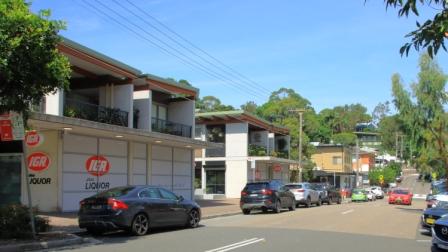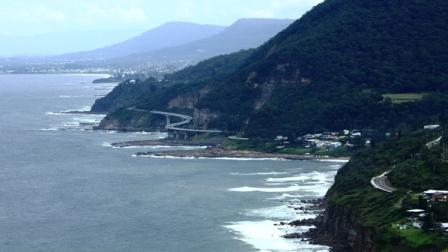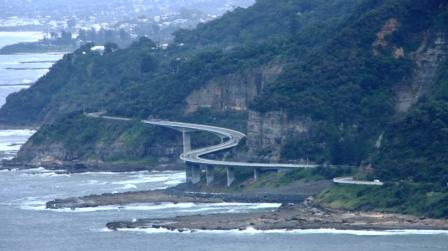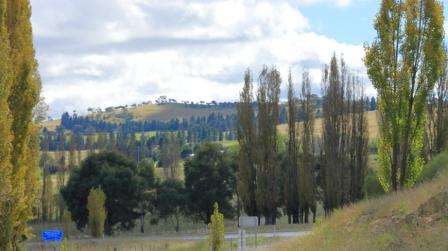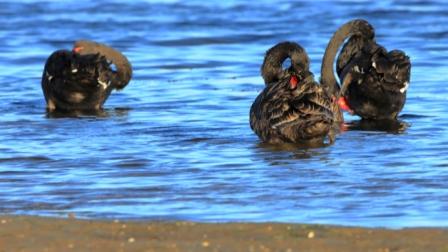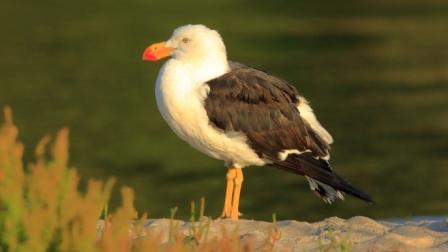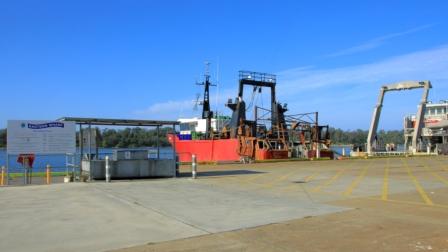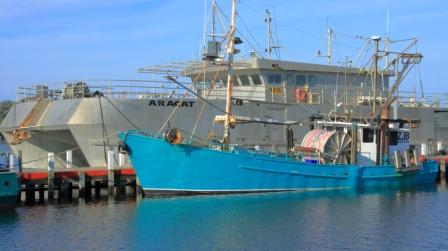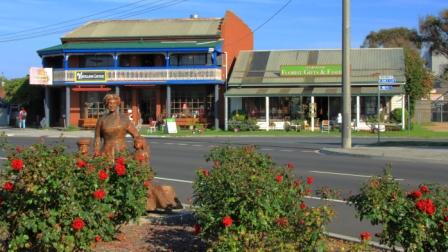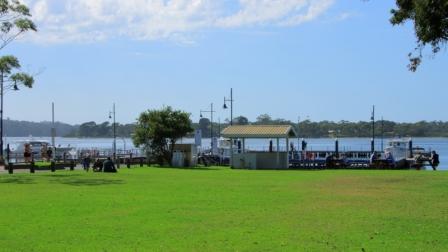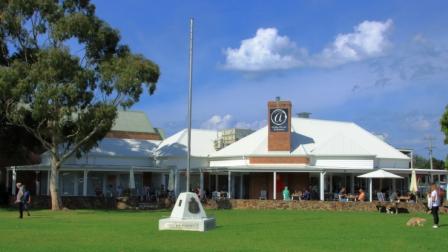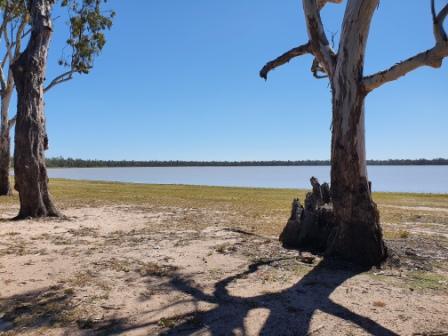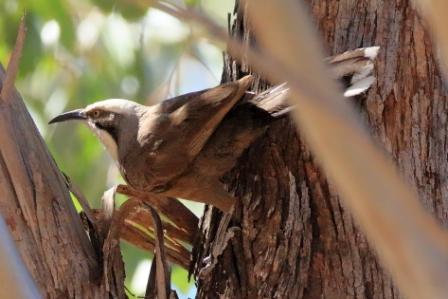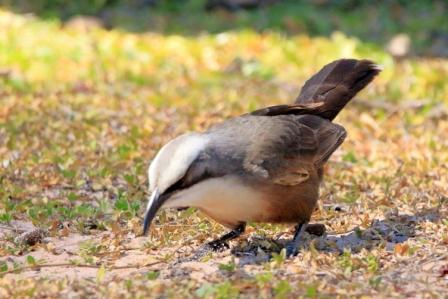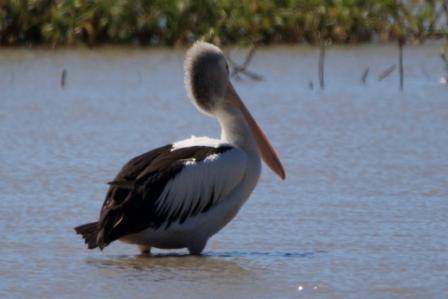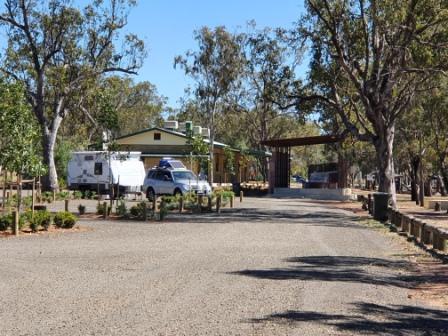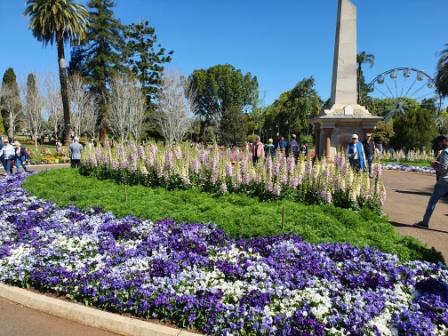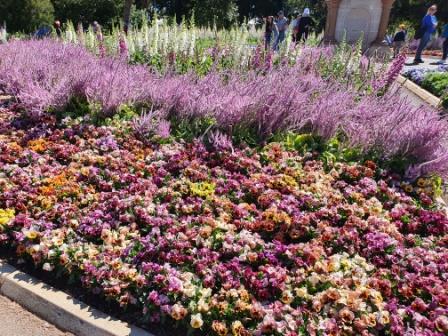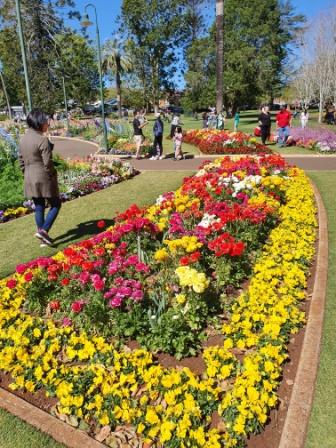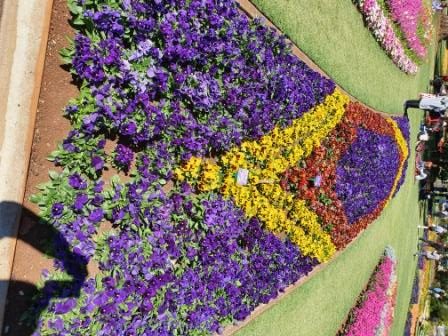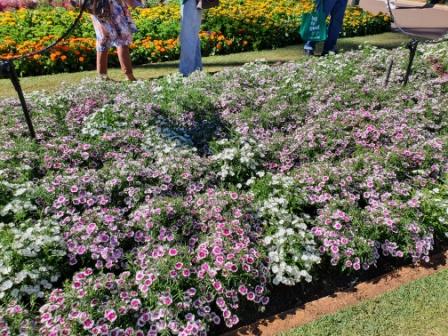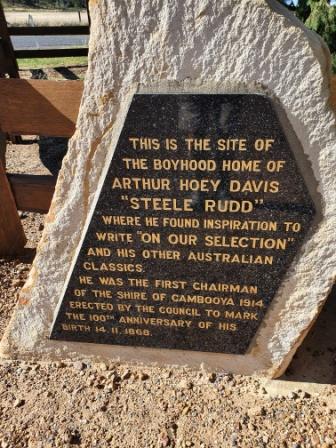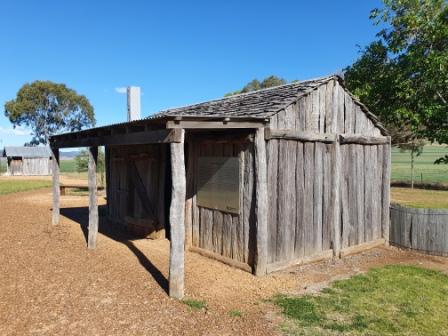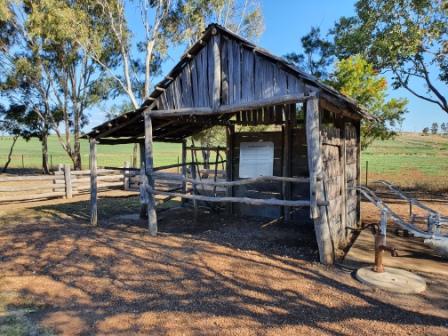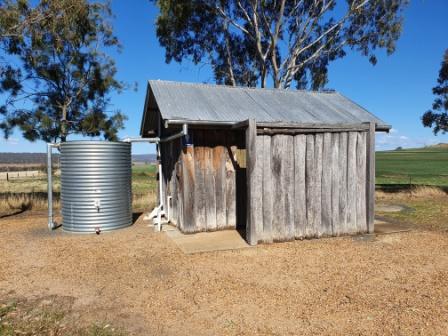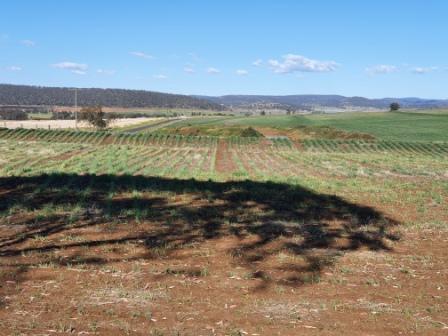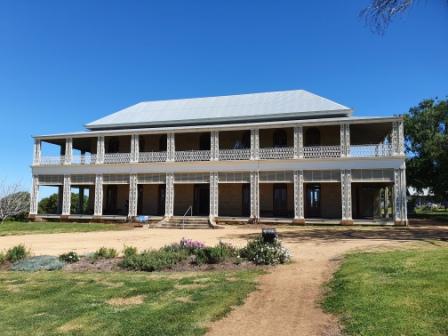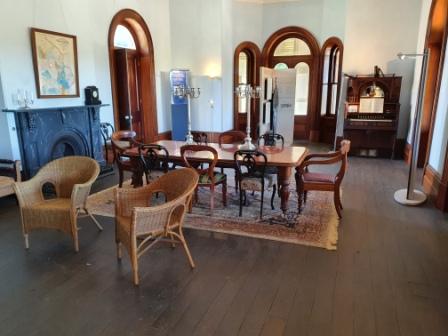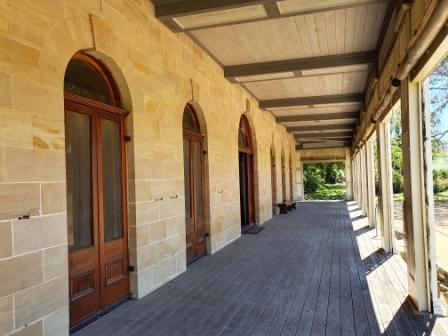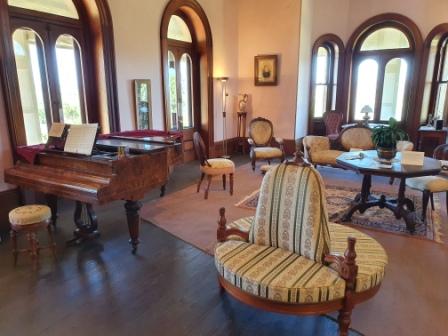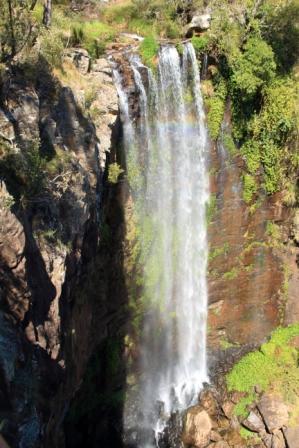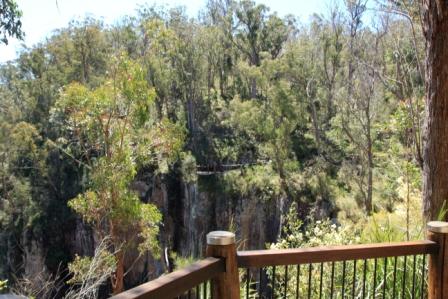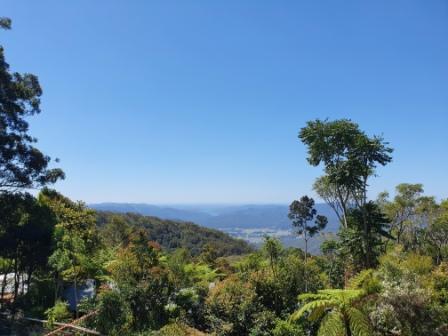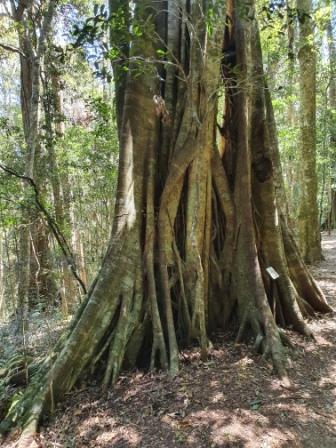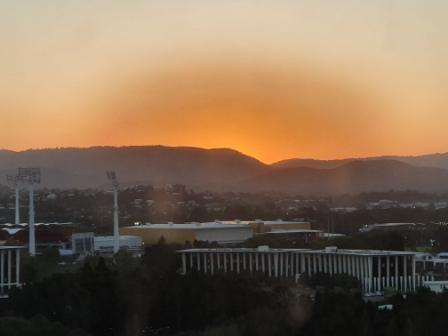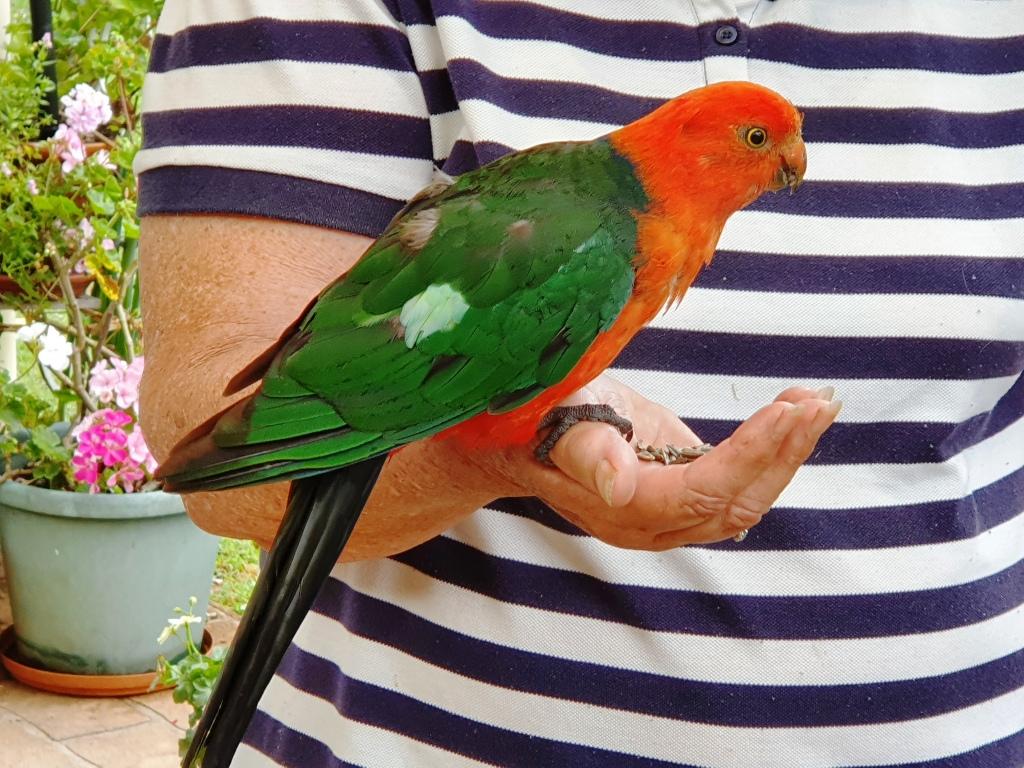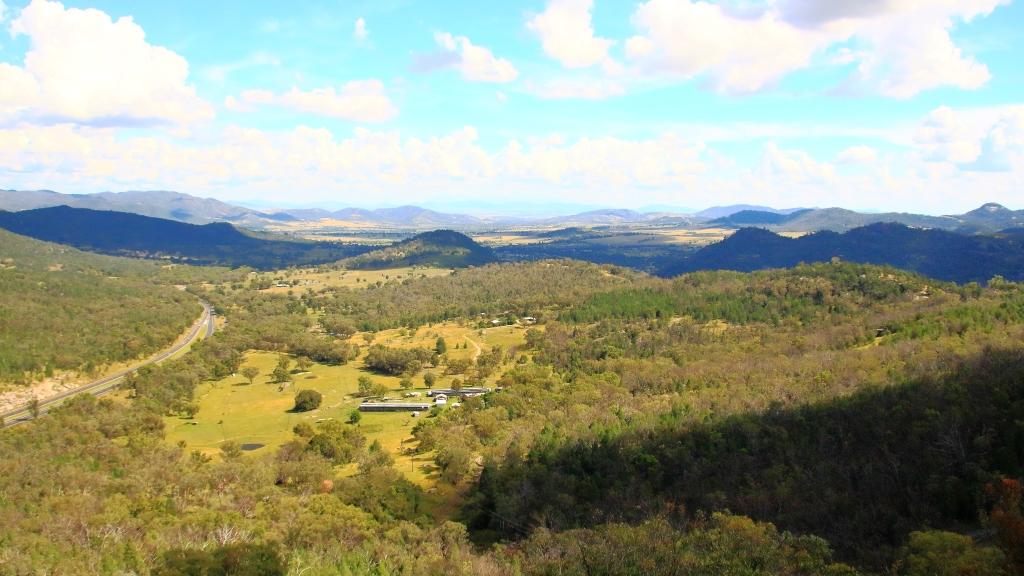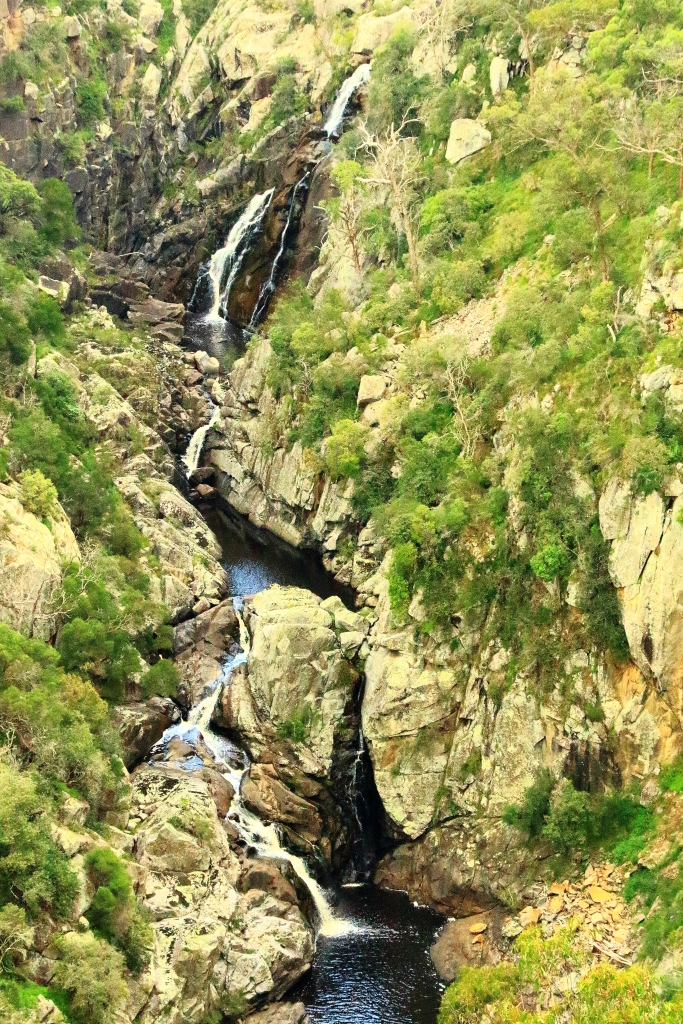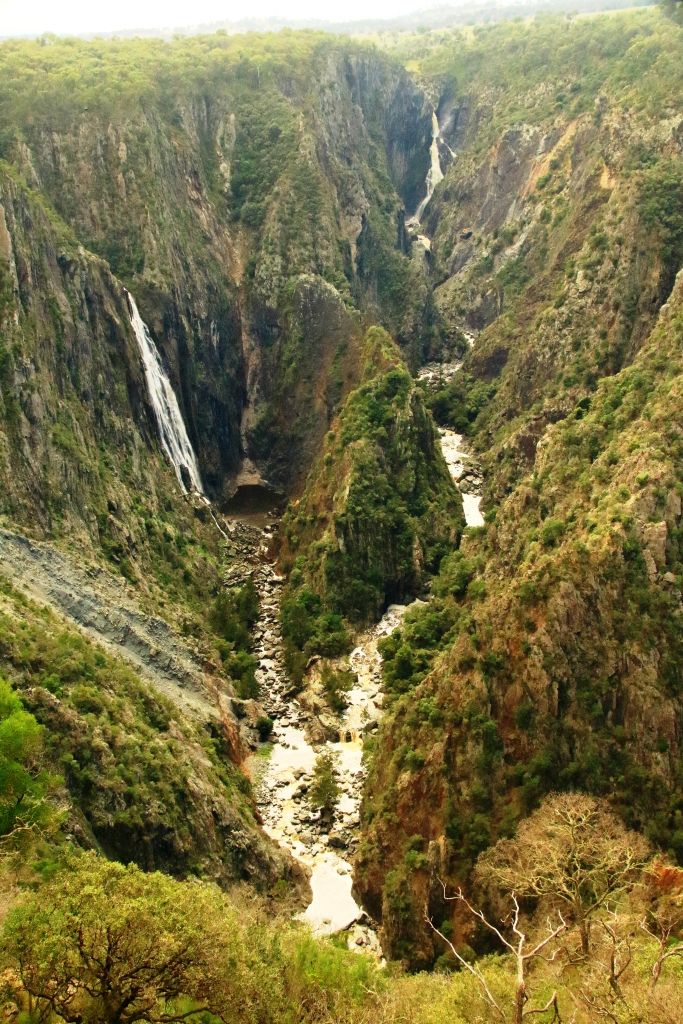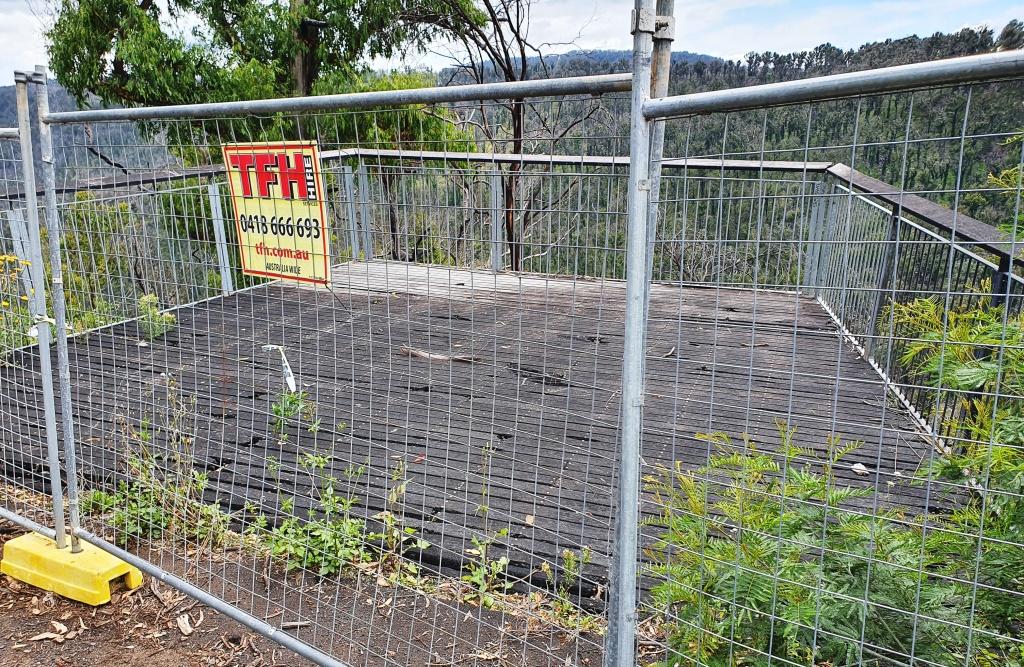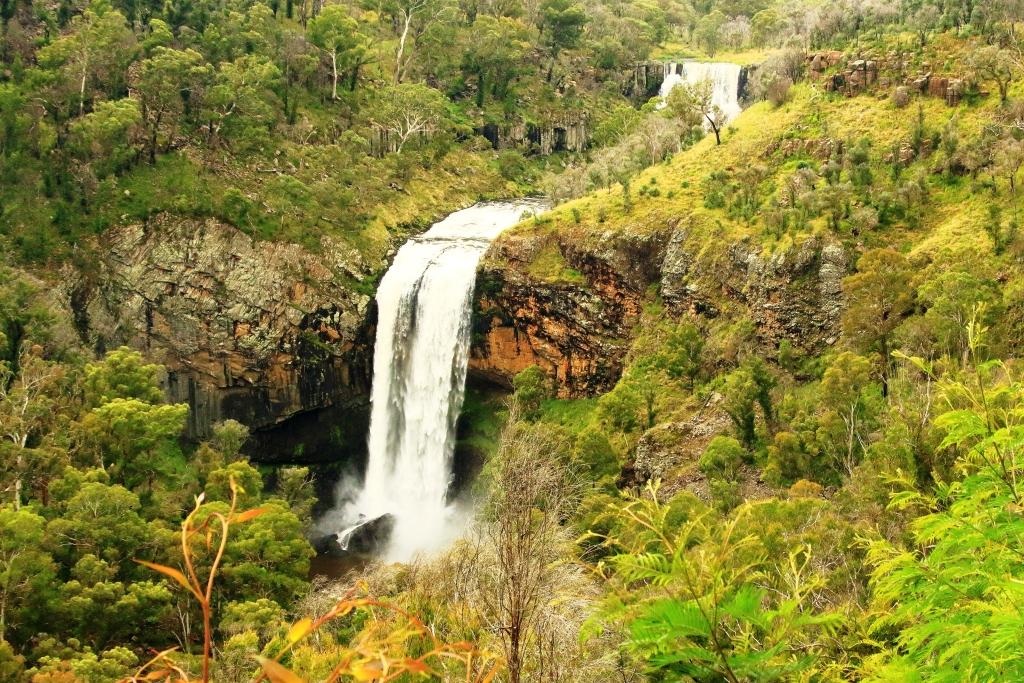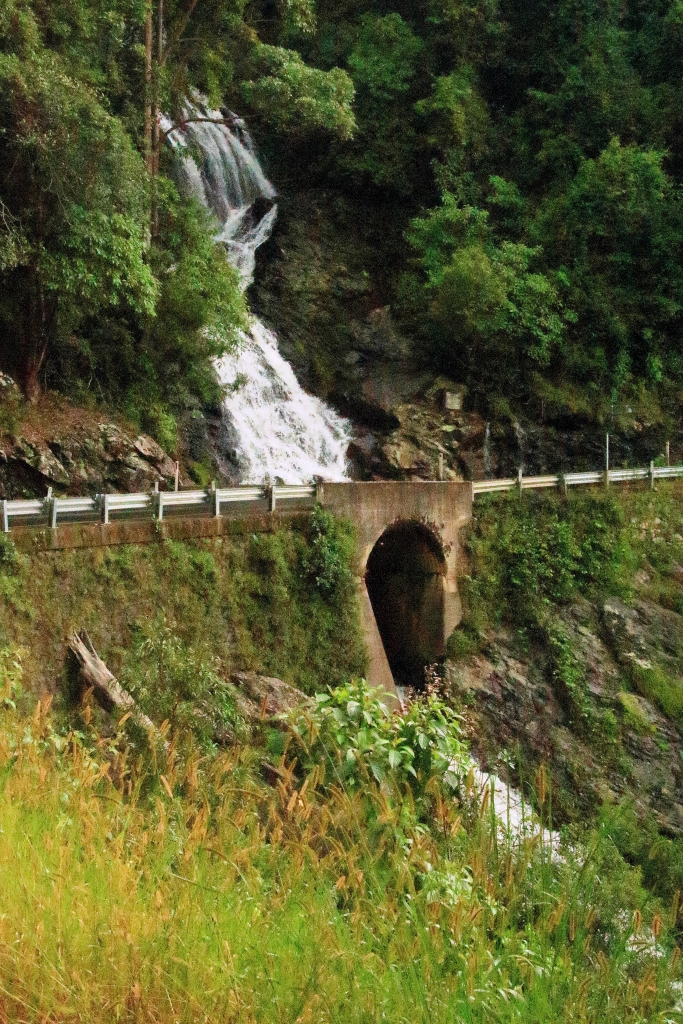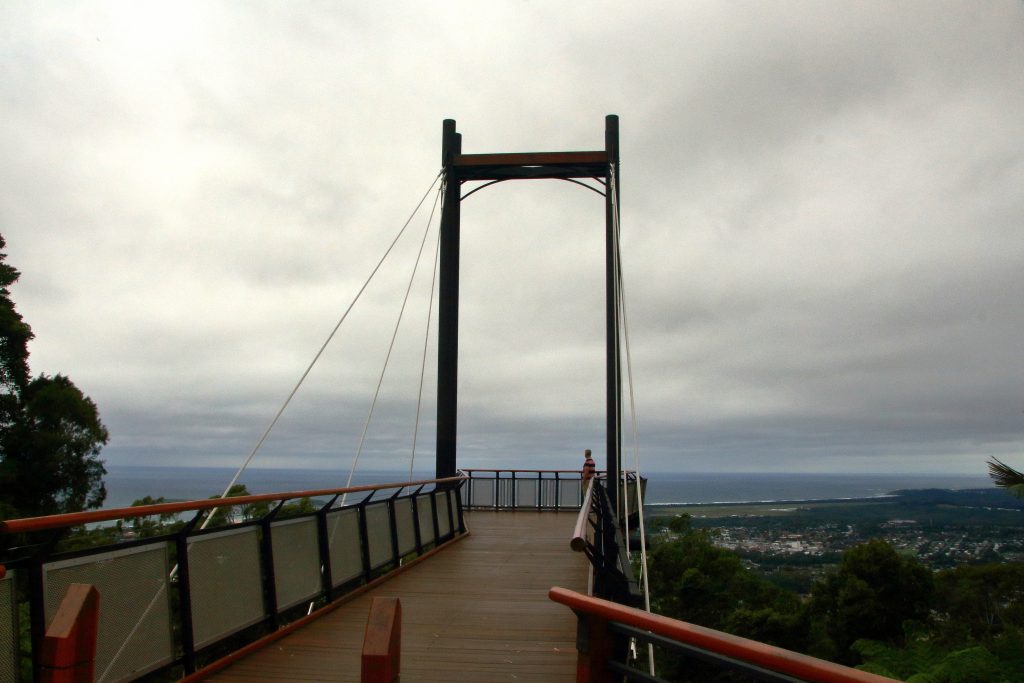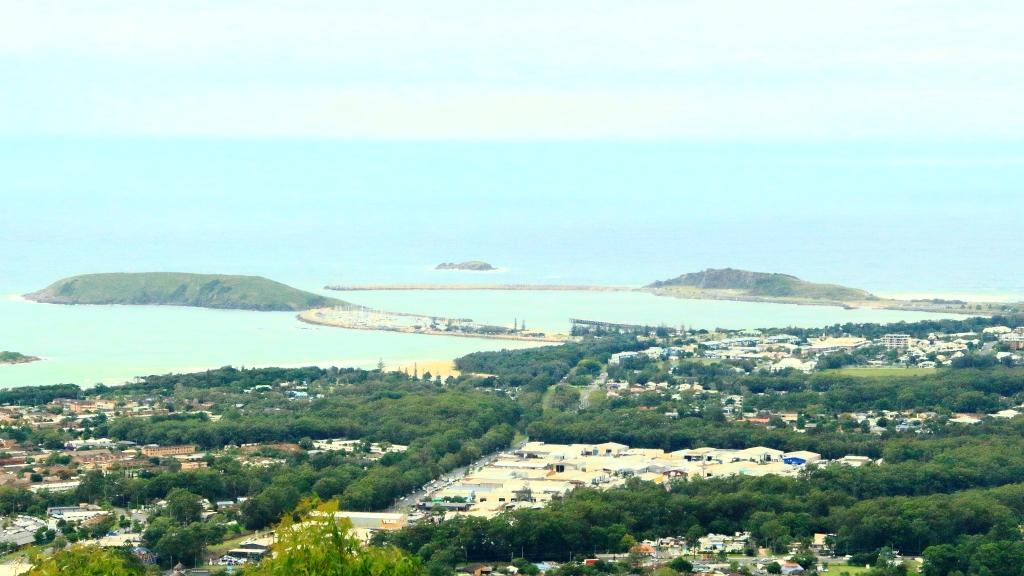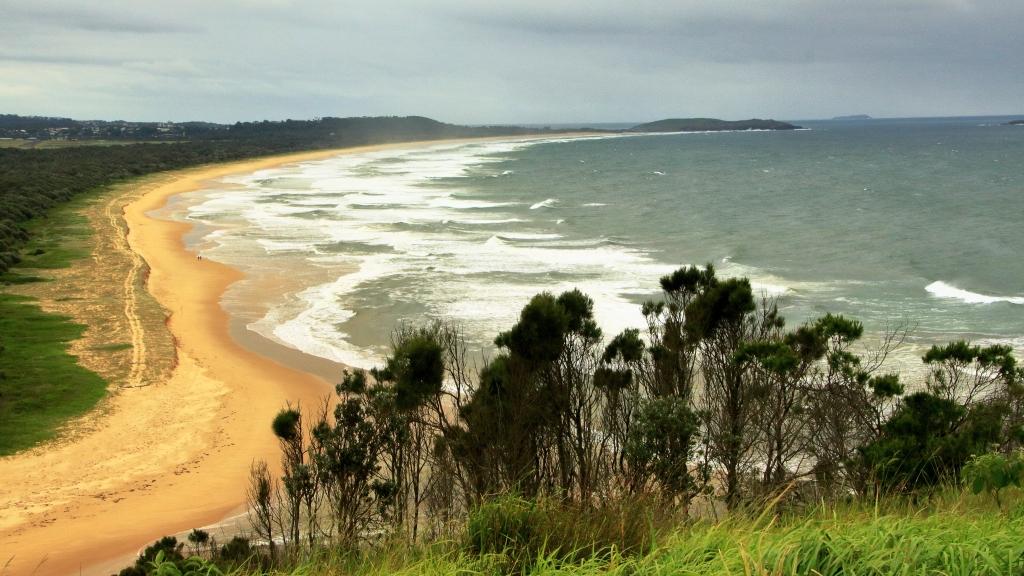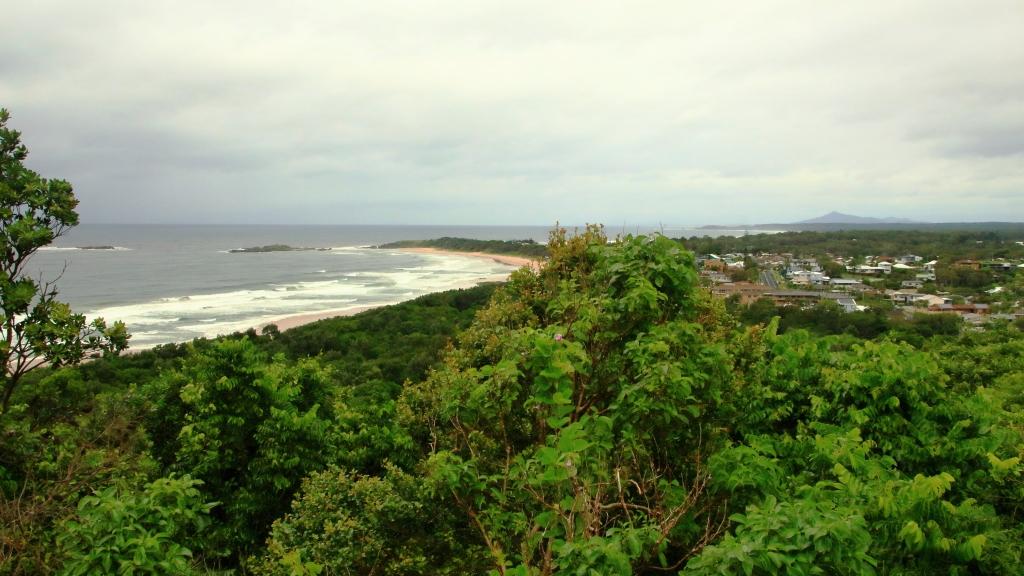Those of you who have followed our travels will be aware that we give a high priority to keeping in touch with family and have done so more frequently as we have all aged. We have seen this as a responsibility partly, at least, brought about by our frequent moves, particularly the move to Brisbane about forty years ago.
Increasing age does not make travelling any easier. We had suggested to my two remaining siblings that Victoria was a long way from Brisbane and that they might make the task easier for us by meeting us half way, or at least some of the way. Earlier this year they called us on the offer. I am always on for a trip to the alpine regions outside of the snow season so we agreed that meeting at Jindabyne in the Snowy Mountains was a suitable compromise. The southern most relatives to visit on this trip live at Bowral in the Southern Highlands of New South Wales. Not that much further to Jindabyne.
But it was a close-run thing with the snow season. A week after we visited, areas around Thredbo, not far from Jindabyne, had snow.
We chose the New England Highway as our route to Newcastle where our first call was to be made. A drive through the Granite Belt and New England areas is not to be missed in Autumn. The colours did not disappoint but our opportunities to see them did. We were delayed for an hour just south of Wallangarra by a two-vehicle collision that blocked the highway for over an hour. Darkness accompanied our arrival at Armidale for the night and low cloud and drizzle greeted us next morning for our drive to Newcastle.
The next morning, Friday, we first called on sister-in-law Marjorie in her retirement home that overlooks Lake Macquarie. We then moved on to call on Ruth’s sister Judy and Alan her husband at West Wallsend. Finally, after a call to brother Ivan’s newly completed grave at Ryhope cemetery, we completed our journey to our daughter’s unit in Erskineville, through Sydney Friday afternoon peak hour traffic.
We spent a quiet morning on Saturday. In the afternoon I walked to near-by Newtown to do some street photography. On Sunday morning Briony accompanied us to brunch at Mount Annan Botanic Gardens Café where we met Ruth’s sister Dorothy and her family. We returned via Costco at Casula for some bulk shopping. Later in the afternoon I spent a couple of hours photographing birds and humans at Sydney Park which offers wetlands and an elevated viewing position overlooking that part of Sydney. The park is right across the street from Briony’s unit.
An 8.00 AM departure saw us at Ruth’s younger brother’s home at Bowral for a coffee stop. Wallace is in advanced stages of a wasting disease that has robbed him of movement and speech but not mental capacity. But he never complains and communicates to the best of his ability. Ruth is particularly close to his wife and her sister-in-law Ginny. The visit was both a sad and happy time.
Bernard and Aileen had arrived at the caravan park at Jindabyne where our cabins were located when we checked in. So we had a bit of a chat over a cup of tea and went out to dinner. We were at Jindabyne for three nights. We dined at three different eating establishments on the three nights and spent the days seeing the sites.
On Tuesday we drove to Charlotte Pass, diverting to visit the Guthega power station and follow the Snowy River until we turned into a gravel road that took us back to Kosciuszko Road at Smiggin Holes.
The car park at the lookout above Charlotte Pass village was busy but we grabbed a parking spot for long enough to walk the board walk to the lookout that gives such a great view of the Kosciuszko range, including Kosciuszko’s peak and the Snowy River making its way through the valley at is feet, to the dams that interrupt is path to the ocean at Marlo in Victoria. This view always makes me want to don my hiking shoes and take off into the mountains. Instead, we drove to the village for a late morning coffee, or in Bernard’s case, a cup of tea.
After a stop for photographs of Lake Jindabyne and the town we visited the dam that holds back the waters of the lake. Water levels are quite high as we could see as we drove over the road the previous day. The dam serves as a platform for the main road into Jindabyne and the Snowy Mountains.
On Wednesday we drove towards Thredbo on the Alpine Way, first stopping for a look at Crackenback Resort. What a beautiful place, with attractive accommodation huddled around the lake. A Eurasian Coot completed the picture as it coasted across the calm waters, creating its own ripples.
Before calling at Thredbo, we drove on to The Pilot Lookout, Dead Horse Gap and the Cascades on Dead Horse Creek. Reports have it that wild brumbies can be seen at Dead Horse Gap, although a place so named seems an unlikely place for brumbies to gather. The only thing of note was a sign advising that a section of the park was closed for vermin eradication. Perhaps the brumbies had been warned, although the sign did say that they were excluded from the cull.
We drove into Thredbo but found it to be largely inaccessible due to tourists and tradesman who had got there before we did and areas barricaded off by witches’ hats by the workers. We had intended to ride the tourist chair lift that takes visitors to the main skiing area and the track to Kosciusko but we could not park close enough to the lifts to make that an achievable objective.
We hadn’t even managed to get ourselves a cup of coffee, so we returned to our units for a soup and toast lunch and a cup of coffee. It was good soup weather, although better than we expected. Both touring days provided brilliant blue skies and temperatures in the low twenties. Nights were cold, well below 10C.
On Thursday 27th April we departed Jindabyne, Aileen and Bernard for a few days at Merimbula and we to return home but by an indirect route. We had enjoyed our few days together and departed resolved to repeat the exercise before too long.
Ruth and I drove back to the road to the Snowy Mountains Highway and Tumut. We drove through relocated Adaminaby and stopped in at Providence Portal where water from elsewhere in the mountains runs into the western extremity of Lake Eucumbene. From there we paused for a comfort stop at deserted Kiandra, then proceeding through Tumut to Gundagai, where we stopped for lunch.
Tumut is the location of much of the work on Snowy Hydro II but we saw little activity, most of which was off the beaten track or underground.
We spent Thursday night at Cowra, proceeding through Blayney, Bathurst and Lithgow and along the Bells Line of Road to Mount Tomah to visit the Blue Mountains Botanic Gardens. Two previous attempts to visit had been frustrated by fog and rain. The wait was worth while. The garden is actually a series of small gardens comprised of mostly trees and shrubs with fountains and rockeries with waterfalls and pools. There is an excellent visitor centre with a very handy café.
We journeyed on through Kurrajong, Richmond and Windsor to Vineyard where we spent the night at a large hotel with an attendant motel. A very nice seafood dinner ensued.
A damp morning followed for our drive along the Putty Road to Singleton. The Grey Gum Café at Putty normally teams with motor bikes on weekends but motor bike riders had been discouraged or delayed by the wet. We shared the establishment for coffee with a couple of motorists and a solitary motor bike rider.
Our overnight objective was Tamworth with a side trip to Nundle. Nundle is one of those towns to which signposts point as you drive by down the main road. We knew of it from our regular use of the New England Highway and my transport days involvement in the New England area. More recently, for some unknown reason it had started popping up on my Facebook news feed.
Nundle is a small and attractive farming community with the addition of a historic woollen mill, one of the last operating in Australia. The mill is still owned and operated by its original founding family who started it over a century ago. The brilliant Autumn foliage really lifted the town on what was by then a very dull afternoon.
With the day drawing in we drove up to Hanging Rock Lookout with rain threatening to return. To be able to see the hanging aspects of the rock clearly required a different vantage point but the lookout did provide great views of the surrounding mountains.
On our drive to Tamworth, we passed Chaffey Dam on the Peel River, of interest to me because of my involvement in the transport of materials to the sight during its construction.
Rain had returned by the time we reached our Tamworth motel and the forecasts made it clear that the precipitation would continue next day. We had planned to visit a couple of other places connected with my earlier association with the area but when we realised that we could still cancel our Inverell motel we decided to do so and head home a day earlier.
We departed Tamworth with the clouds well below the surrounding mountains. Rain and drizzle continued but by the time that we stopped at Glen Innis for coffee the temperature was up to 10C. By lunch time at Warwick it had reached 15C. Once we had crossed the Great Dividing Range it increased further. We arrived home on rather a balmy evening, reminding us of one of the reasons that we live here.
So, another successful trip of around 3,500 kilometres completed with most objectives achieved. We don’t have any other travel plans currently although we will probably do something else in the near future. What ever it is we will keep you informed.


